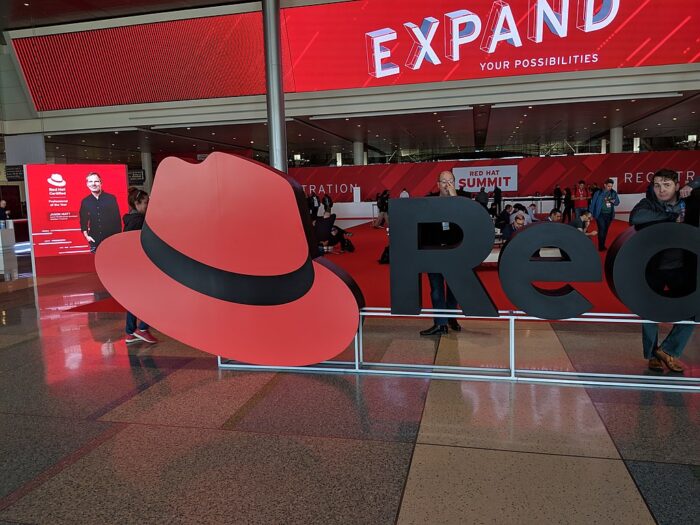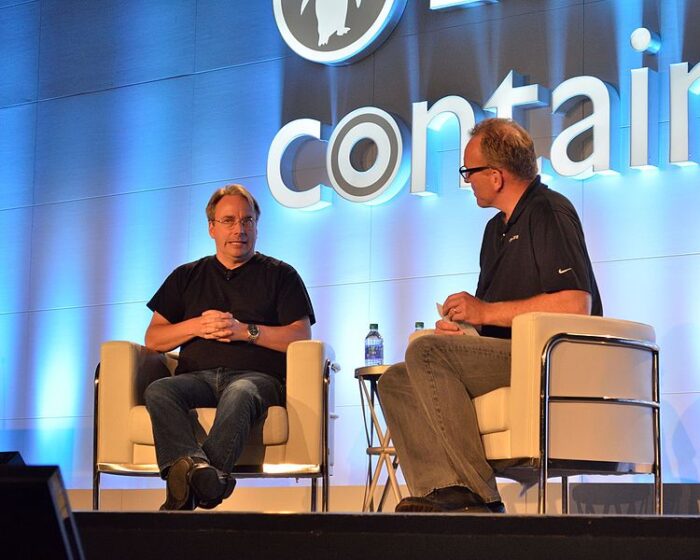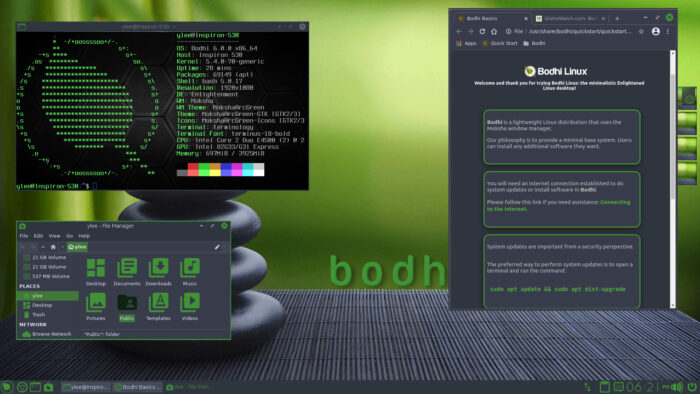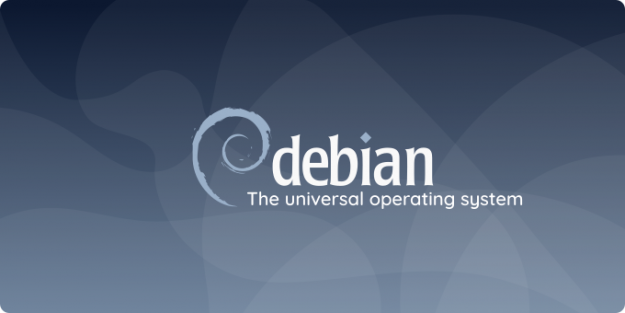Also included in this week’s FOSS Week in Review: OpenPubkey goes to Linux Foundation, Adding vector support to MySQL for AI, and the results of last weeks rolling release poll.
Posts published in “Distros”
Also included in this week's FOSS Week in Review: Gnome's new due date, readers say Red Hat's changed for the worse under IBM, and a new poll asks how you like your distros released.
On Tuesday, AlmaLinux announced that it has obtained FIPS 140-3 security certification for its Linux distro which is primarily used in data centers by enterprises.
In this week's roundup we look at ZFS's return to Ubuntu as an install option (and why it was removed in the first place), how the Nigerian Prince is adopting AI for phishing, Linux Torvalds fabulous impersonation of E.F. Hutton, and more.
Currently an experimental project, Slowroll is a hybrid distro that seeks to meld the stability of a fixed release distro like openSUSE Leap with the advantages of a rolling release like openSUSE Tumbleweed.
The "test week," is for testing Linux kernel 6.5 ahead of the release of Fedora 39, and the "test day" is for testing changes made to Toolbx container software.
Armbian and Linux From Scratch both had new releases this week, and ReiserFS was back in the news. Also: news headlines that gave us a chuckle.
The cryptocurrency funded Brave Browser has a new proprietary AI assistant; new versions of Kali, KDE Gear, and LibreOffice; with changes on the way in The Document Foundation's versioning scheme.
New users of Bodhi Linux might be confused about which of the four available ISO images to use. We've got your back.
In the age of computers, 30 is a ripe old age. Happy birthday, Debian.










